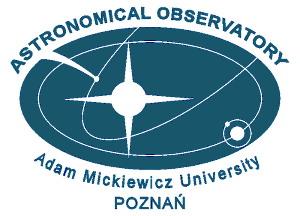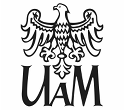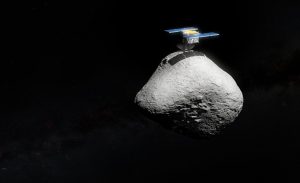
Six years before the planned encounter of the Japanese Hayabusa2 spacecraft with asteroid 1998 KY26, a team from the Astronomical Observatory Institute of Adam Mickiewicz University – Prof. UAM Przemysław Bartczak and Prof. UAM Dagmara Oszkiewicz – determined its key physical parameters.
Using telescopes around the world, including the Very Large Telescope (VLT) of the European Southern Observatory (ESO), the researchers discovered that the asteroid is nearly three times smaller and rotates much faster than previously assumed.
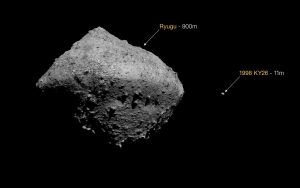
Key Research Findings
- Diameter: about 11 meters (previously estimated at 30 meters),
- Rotation period: around 5 minutes (twice as fast as earlier estimates),
- Surface: bright, most likely composed of solid rock.
Although it is still possible that 1998 KY26 is a “rubble pile” made of loosely bound fragments, current results suggest that it is a single solid piece of a larger celestial body.
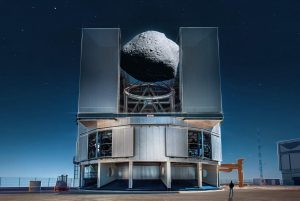
1998 KY26 is the final target of the extended mission of the Hayabusa2 spacecraft, operated by the Japanese space agency JAXA (Japanese Aerospace eXploration Agency).
Earlier, the probe studied the asteroid 162173 Ryugu (2018) and, in 2020, successfully delivered samples of its material back to Earth.
Thanks to remaining fuel reserves, Hayabusa2 continues its journey and will encounter 1998 KY26 in 2031, providing scientists with invaluable data about the smallest asteroids.
